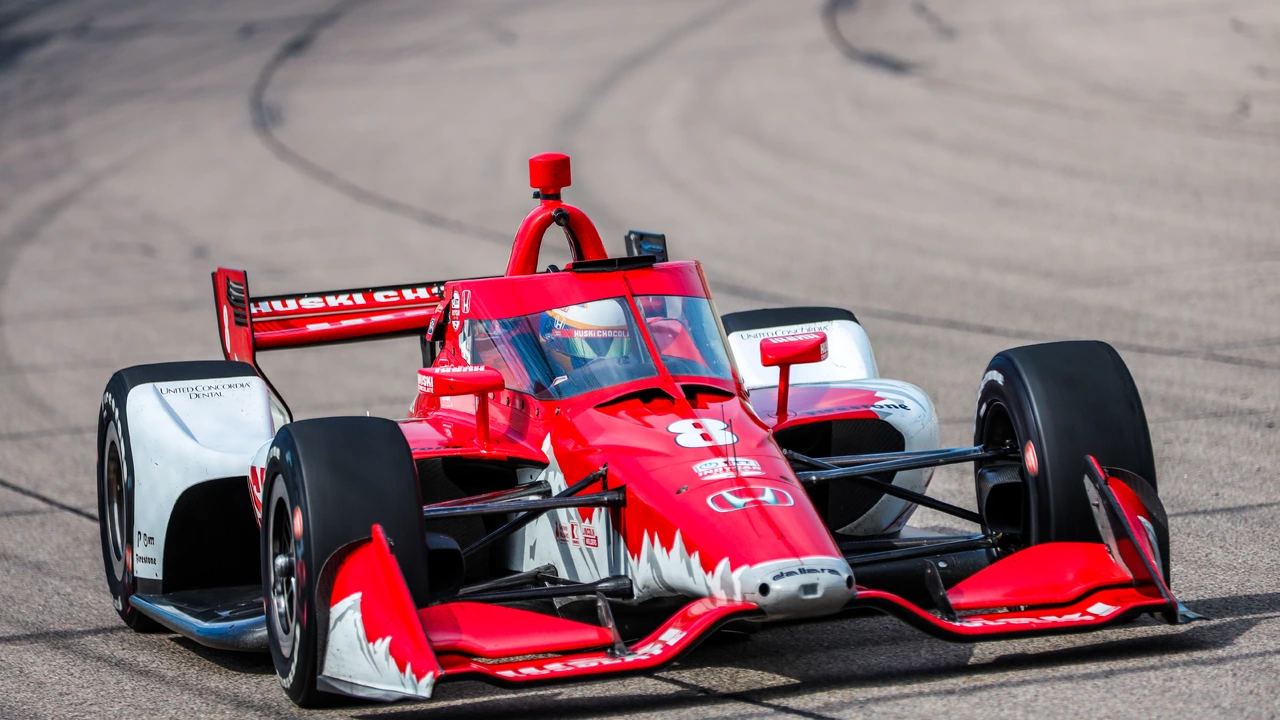Motorsports Commentary: Why IndyCar Won’t Turn Into an F1 Clone
Ever wonder why IndyCar isn’t trying to look exactly like Formula 1? It’s not because the teams can’t afford the tech, it’s because IndyCar likes being different. The series grew up on ovals, street circuits, and a vibe that feels more like “anyone can race” rather than “only the rich can.” That mix of tracks and the American fan base gives IndyCar a flavor you won’t find on a European Grand Prix weekend.
The DNA of IndyCar vs. Formula 1
First off, the cars themselves tell a story. IndyCars share a chassis and many parts across the grid, which keeps costs down and lets smaller teams compete. F1, on the other hand, lets each team design its own chassis and engine, driving up budgets and creating a bigger technology gap.
Then there’s the schedule. IndyCar races on ovals like the Indianapolis Motor Speedway, on road courses like Road America, and on street circuits in places like Toronto. F1 sticks mostly to permanent road tracks, with a few city streets thrown in. Those ovals give IndyCar a high‑speed, side‑by‑side racing feel that’s hard to duplicate on a twisty F1 circuit.
Fans also play a big part. American audiences love the “close‑quarters” action and the story of a driver making a move on a 2‑mile oval. F1 fans chase the tech, the glamour, and the global travel. Trying to please both groups at once would water down what makes each series special.
What Keeps IndyCar Unique
Cost is a major reason IndyCar stays separate. By standardising many parts, the series can keep entry fees lower. That opens doors for drivers from different backgrounds and keeps the grid filled with a mix of veterans and newcomers.
Another factor is the market. IndyCar’s sponsors, broadcasters, and venues are tailored to the North American market. Replicating F1’s European‑centric model would mean overhauling TV deals, sponsorship packages, and even race timing.
Finally, there’s tradition. IndyCar has built a legacy around the Indy 500, the longest race in the world, and a reputation for “anybody can win on a good day.” Changing that to mimic F1 would risk alienating long‑time fans who love the series for exactly those quirks.
If you’re a racing fan, the best part is having both series to enjoy. IndyCar gives you raw, high‑speed drama on ovals, while F1 offers cutting‑edge tech and global glamour. Each series knows its strengths and leans into them, which is why you’ll keep seeing IndyCar doing its own thing instead of copying Formula 1.

Why doesn't IndyCar imitate Formula 1 more to be as popular?
- by Ashton Beauregard
- on 1 Aug 2023
Alright folks, let's get our engines revving and dive into the hot topic - why doesn't IndyCar morph into Formula 1's twin to boost its popularity? Now, the primary reason is that IndyCar relishes being in its own unique lane, not just another F1 clone. It's got a distinct American flavor, with oval tracks and a more 'everyman' approach to racing that makes it uniquely appealing. Also, let's not forget that copying someone else's style is like wearing someone else's underwear - it might fit, but it's just not right. So, in essence, IndyCar is like the rebellious sibling of F1 - they might share some DNA, but each has its own groove going on.